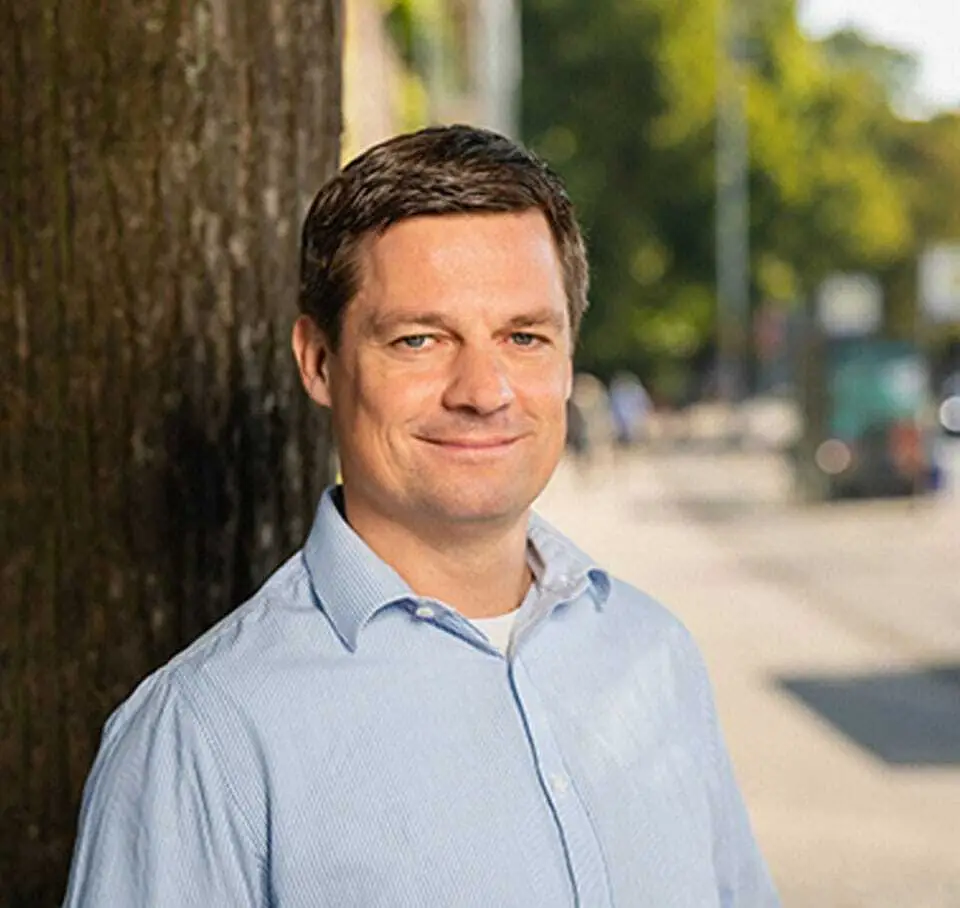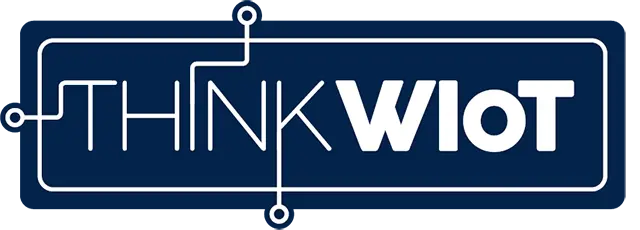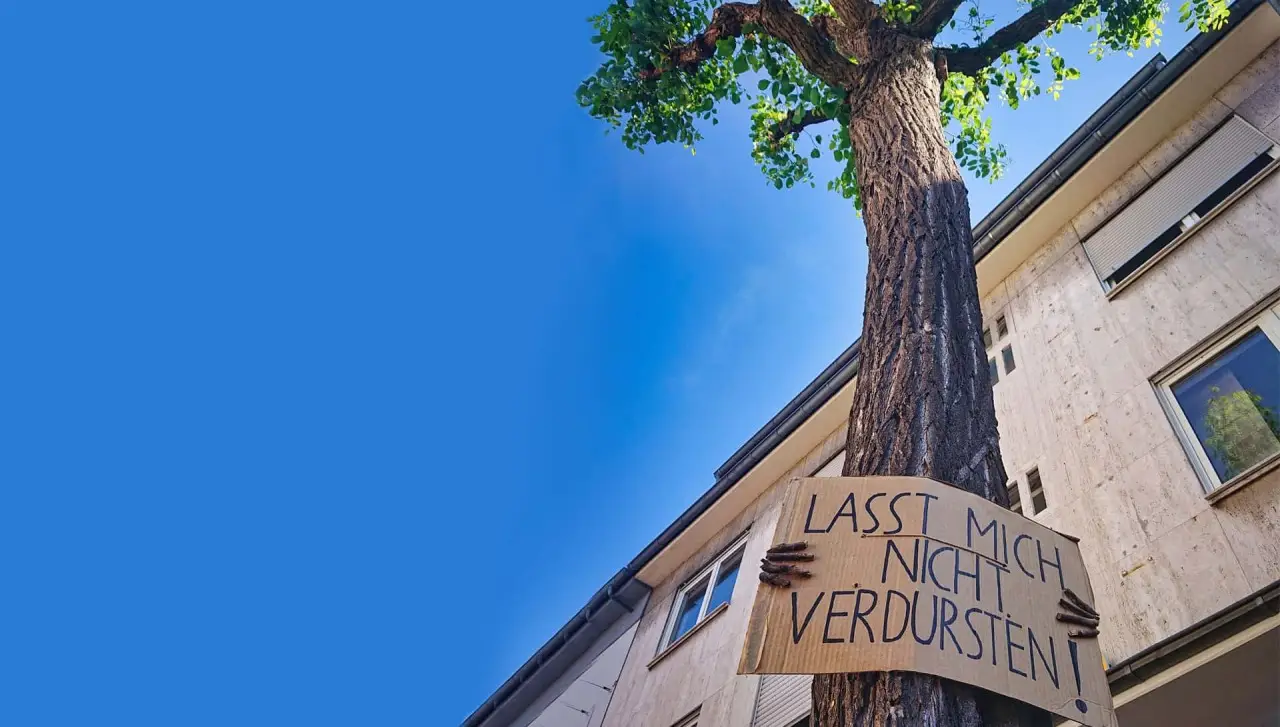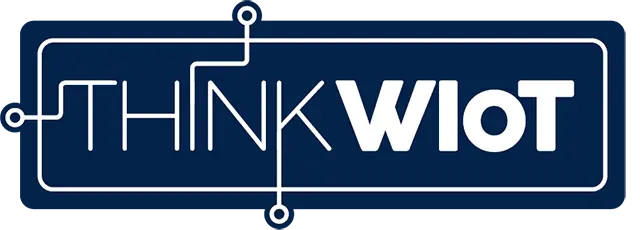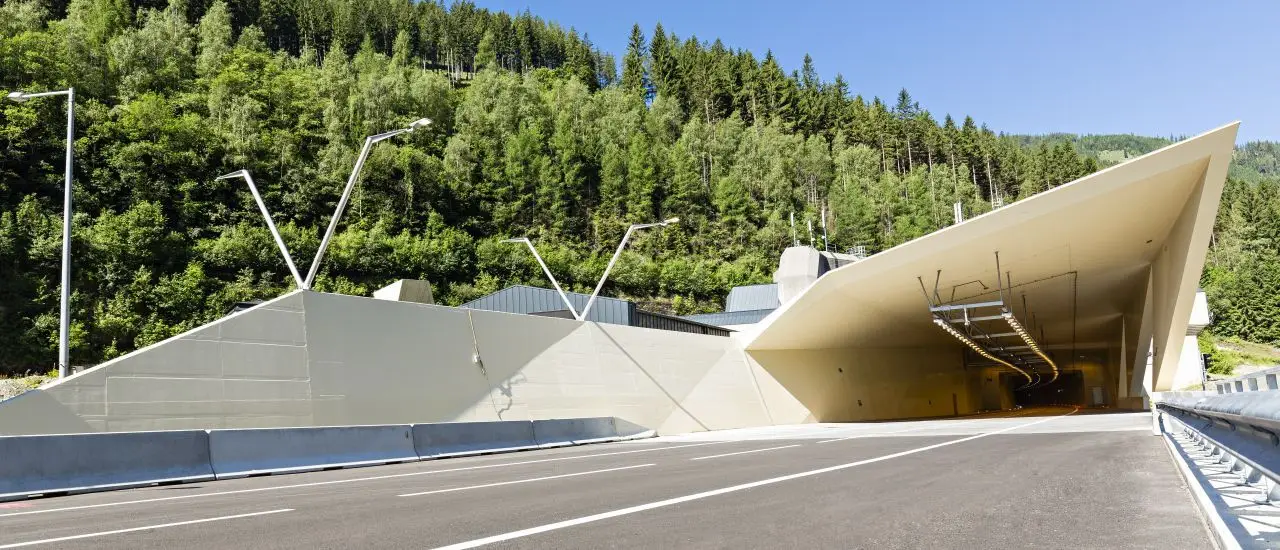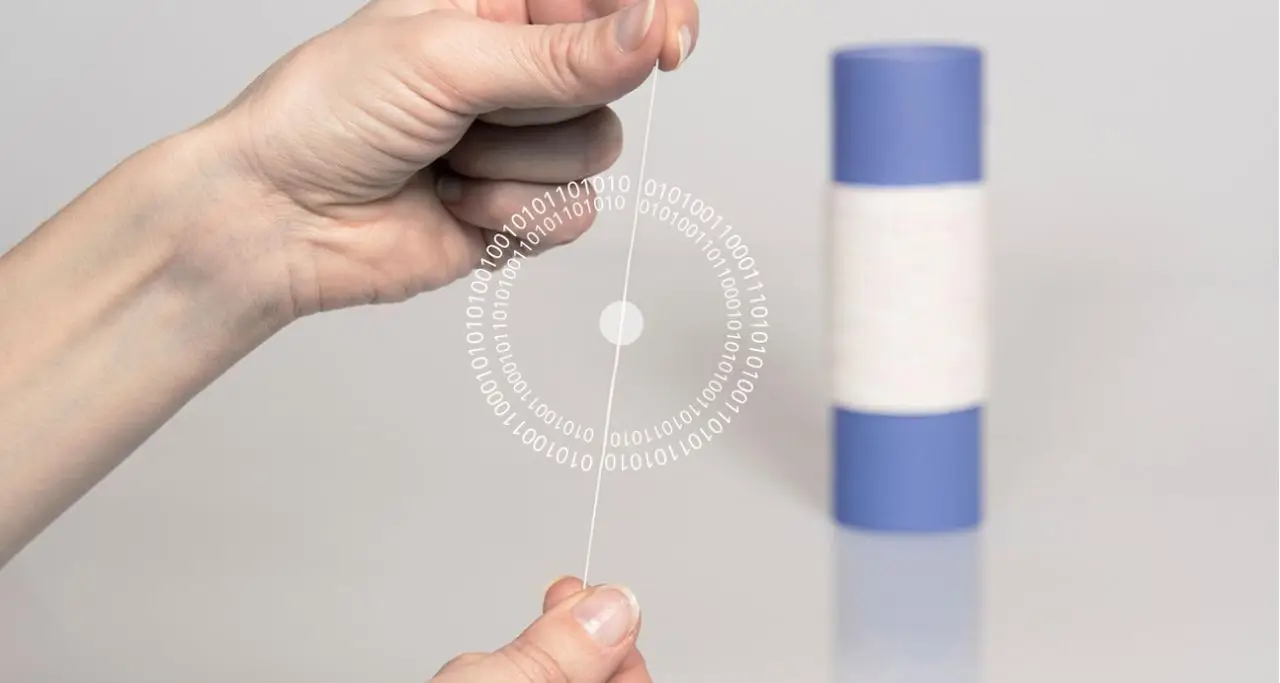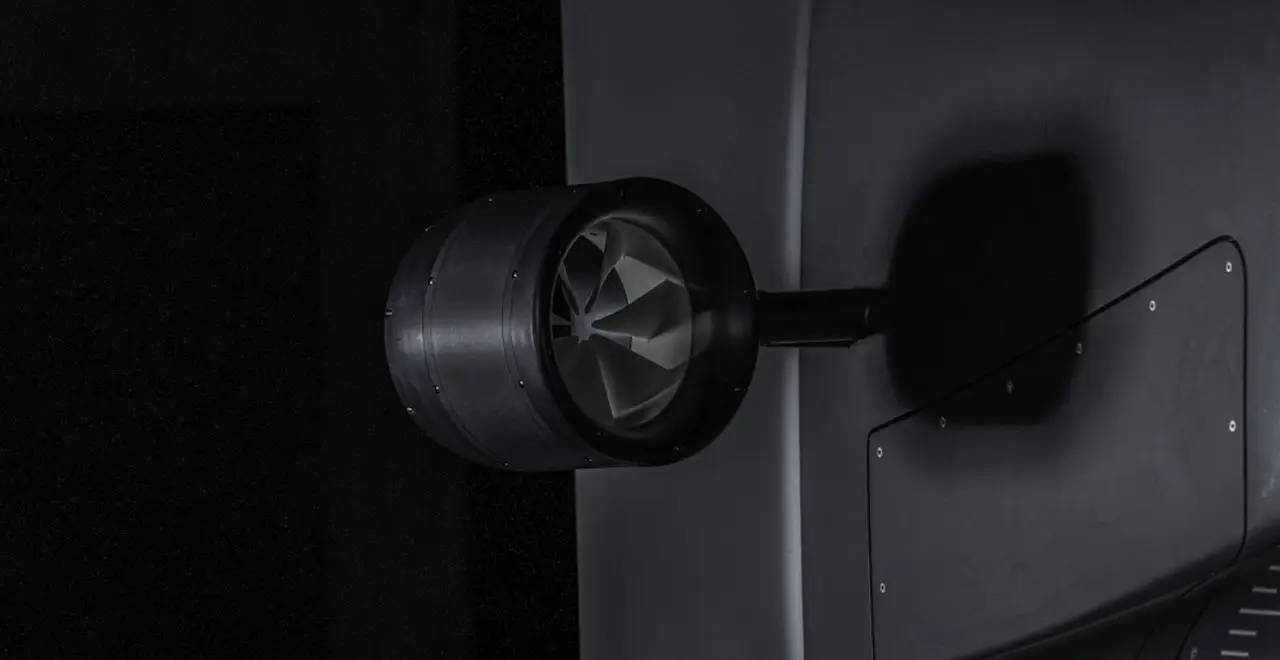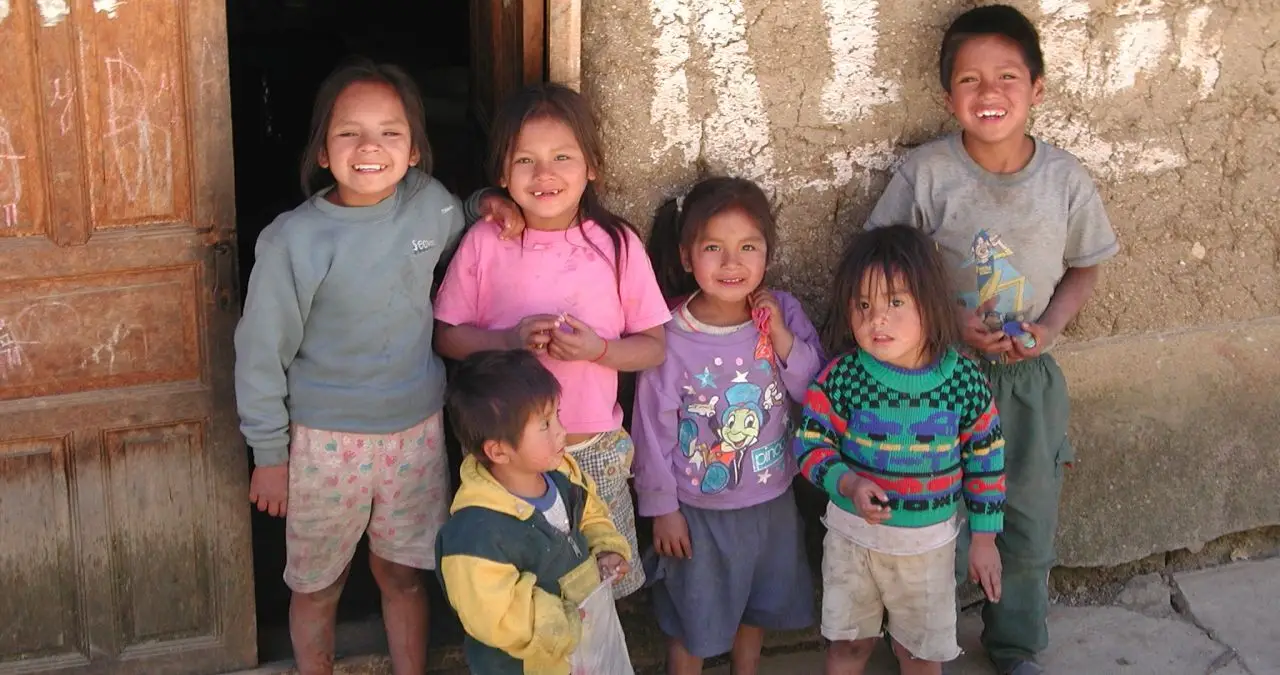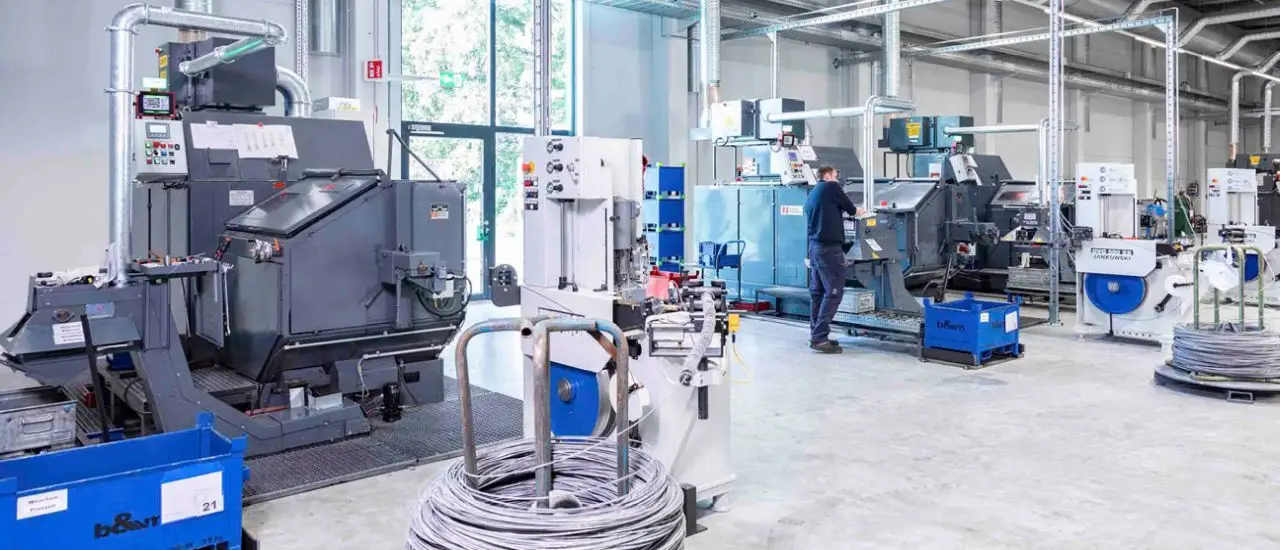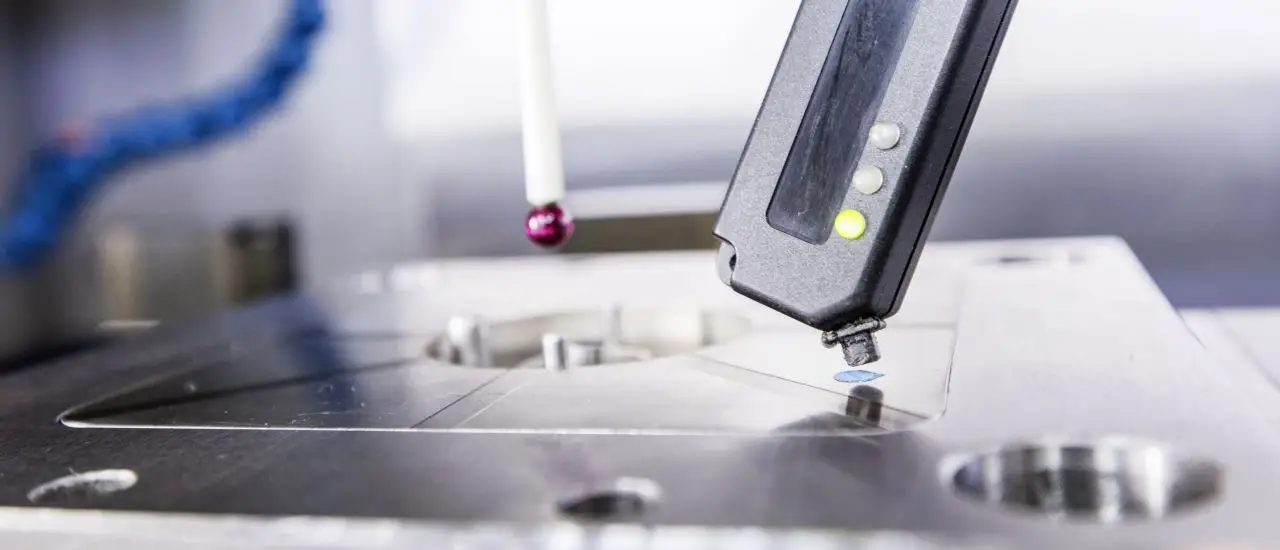The years 2015 to 2021 were the warmest since weather records began. Due to climate change, trees are suffering from increasing drought and are dying. The start-up Plantobelly has developed a LoRaWAN-enabled sensor that measures soil moisture in the immediate vicinity of trees and makes the data available in a web service. Irrigation can be optimally planned and trees can be prevented from drying out.
The Plantobelly Sensor
Sensor Technology and LoRaWAN Save Trees
Trees have conductive tissue that uses pressure to transport water from the soil upwards in the tree to supply the cells with nutrients. In very dry conditions, the tree is no longer able to transport sufficient water.
According to studies by the Max Planck Institute for Biogeochemistry, a tree dies if its water conductivity falls below 40 percent. According to the Bavarian State Institute for Forestry and Forest Economics, the ability of trees to defend themselves against pest infestation is also directly linked to water availability. Without sufficient water, trees will be less effective at defending themselves against pests. Spruce trees, for example, produce resin to protect themselves from beetle infestation. Without water, no resin can be produced to ward off the beetles.
By using the Plantobelly sensor, the soil moisture is measured and transmitted twice a day via LoRaWAN. The Plantobelly consists of a transmitter unit measuring 8 cm x 3 cm x 2.5 cm, which is equipped with a transmitter antenna and connected to the measuring loop (probe) via a 60 cm cable. The sensor is placed at a depth of up to 60 cm near the plant to be monitored and its roots, with the transmitter unit positioned close to the soil surface.
The soil moisture is measured in the immediate vicinity of the tree. The tree "reports" using the sensor if it is threatened by stress due to drought: If the moisture falls below a certain threshold value, an email is sent to the user of the Plantobelly that the tree needs water. With the help of these warning e-mails and the long-term overview of moisture measurements and weather data in the Plantobelly web service, irrigation is optimally adapted to the tree's needs. Trees and green spaces are prevented from drying out and trees can defend themselves more effectively against pests.
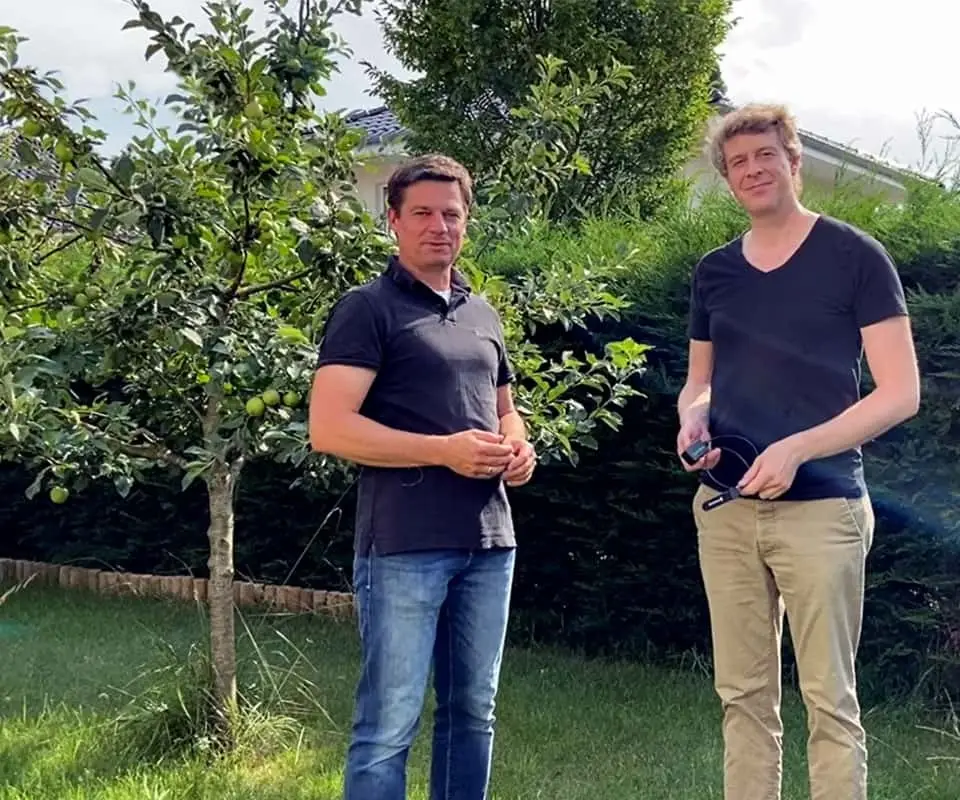
Plantobelly Tree Monitoring in Smart Cities
Plantobelly Sensors Protect Young Trees in Smart Cities
According to the Federal Environment Agency, the spring and summer months in Germany in particular, which are crucial for plant growth, are becoming drier. In spring 2020, for example, it only rained half as much as usual. When rainfall is low, plants draw on water reservoirs in the soil.
Following several consecutive dry years, there are negative effects on growth, as the plants cannot absorb enough water from the soil. Young trees in particular suffer from the drought, as their roots are not yet fully grown and cannot reach the deeper, water-rich layers of soil. The Plantobelly was developed to ensure optimum irrigation for plants and prevent them from drying out.
Smart cities in particular can benefit from the Plantobelly solution, which transmits data using LoRaWAN. With increasing digitalization, an increasing number of cities are setting up the infrastructure for city-wide LoRaWAN networks, which can be used, for example, for meter reading of sewage shafts, indoor air monitoring, or the transmission of weather data.
The Plantobelly can be integrated into these networks to monitor soil moisture in the immediate vicinity of urban and street trees. The Plantobelly can transmit data via LoRaWAN over radio ranges of one to several kilometers.
The Federal Environment Agency emphasizes the many benefits that urban trees offer. These include regulating the microclimate in the city, providing shade, filtering emissions from the air and soil, enhancing the cityscape and providing a habitat for birds and insects. However, young trees in cities in particular have fewer opportunities to absorb moisture due to the surroundings of sidewalks and street paving. They are also exposed to additional stress from pollutants and road salt.
With the help of the Plantobelly's data, young trees can be optimally watered and cared for. The built-in battery enables the Plantobelly to last up to ten years. The growing phase of young trees, which lasts between three and six years, can be withstood without replacing the Plantobelly or changing the battery.
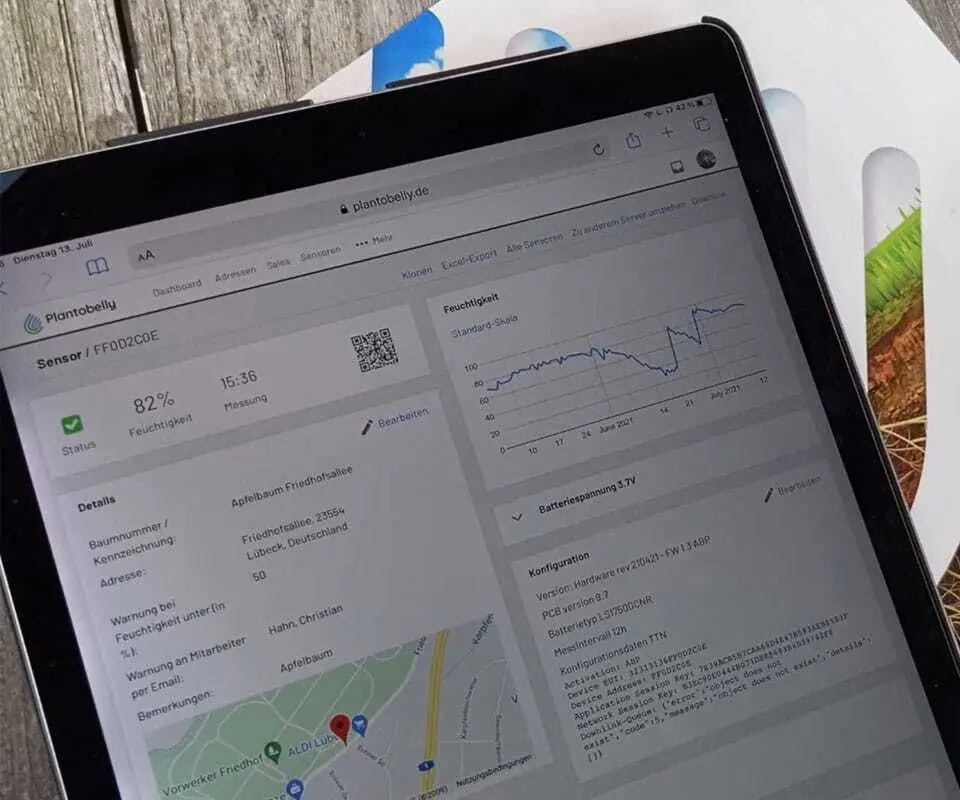
Interview with Bastian Klemke
"We Let Trees Do the Talking."
The years 2015 to 2021 were the warmest since weather records began, and trees are suffering from the increase in drought. Bastian Klemke explains the role of the Plantobelly in irrigation planning and in saving trees from drying out.
Interview
1. Which users and application areas is the Plantobelly aimed at?
The main target group for the Plantobelly is smart cities. Summers are getting drier and warmer. Young trees in particular suffer from stress due to drought and die as a result. In the vicinity of roads and sidewalks, there is very little opportunity to absorb moisture. Plants need to be cared for and watered. We have a clear focus on monitoring this.
2. Why did you choose LoRaWAN data transmission for Plantobelly?
There are many cities that use LoRaWAN and continue to expand it. This also provides a platform for us to use Plantobelly there. The wireless standard itself offers a huge number of advantages. We can guarantee a long battery life and reliable transmission of data packets and achieve very long ranges.
3. Can you describe the installation process of a Plantobelly?
The Plantobelly consists of a measuring loop and a sensor box, which are connected by a cable. The measuring loop of the Plantobelly is installed at the depth of the tree roots that should be measured. This can vary between 20 and 60 cm deep, depending on where the tree forms its roots or how young the tree is. This is where the measuring loop is inserted into the ground.
To ensure that the radio frequency can still be transmitted, the sensor box is placed three to five centimeters below the surface of the ground. This means that data transmission via LoRaWAN is functional and the sensor box is also protected against theft and vandalism. The sensor is automatically calibrated and sends a signal every twelve hours.
4. What data is made available to Plantobelly users?
In the Plantobelly web service, users see the humidity display at the various locations, as well as location-based weather data. The customer specifies the zip code area in which the Plantobelly is installed, and we draw the weather data based on this zip code. Irrigation scheduling can be effectively adapted to tree needs and weather conditions.
5. Keyword Sustainability: What happens to the Plantobelly when it reaches the end of its service life?
We do not yet have any experience of how the Plantobelly can be uninstalled after ten years in the ground, as we have yet to install it for ten years. What we have definitely considered is that the measuring loop, which is installed much deeper than the sensor box, does not contain any electronics apart from the conductor tracks. If this is wrapped around the root system, it can be disconnected. The critical components such as the battery and the circuit board are installed in the sensor box, which is much closer to the surface and can be easily removed from the ground.
For reasons of sustainability, we have decided to offer the Plantobellys for rent. As an example: a city uses the Plantobelly for the growing phase of a tree, which is between three and six years. When the Plantobelly is no longer needed, we want to ensure that the battery is not left on the tree. If it were to deteriorate, it would cause more environmental damage than actually helping the tree to grow. With the rental concept, we can retrieve the Plantobelly, recycle it with new firmware and battery or, if necessary, dispose of it.
6. What goals has Plantobelly set itself for the future?
Every city plants between 180 and 250 new trees a year, which also need to be looked after. Not every tree needs to be monitored with a Plantobelly, but if we were to equip between one and ten percent of young trees with Plantobellys, that would be a great goal. We see an enormous demand for soil moisture monitoring in countries such as Greece, Portugal, and Spain.
In our tests, we also tried to record other values such as pH value, light, and temperature, and these were also requested by users. For the time being, we at Plantobelly are concentrating exclusively on the topic of moisture measurement. You can talk a lot about substrates, fertilizers and the like, but the most important thing is still water. At Plantobelly, we see it as our clear task to open up perspectives into the soil and protect trees from drought stress and death.
